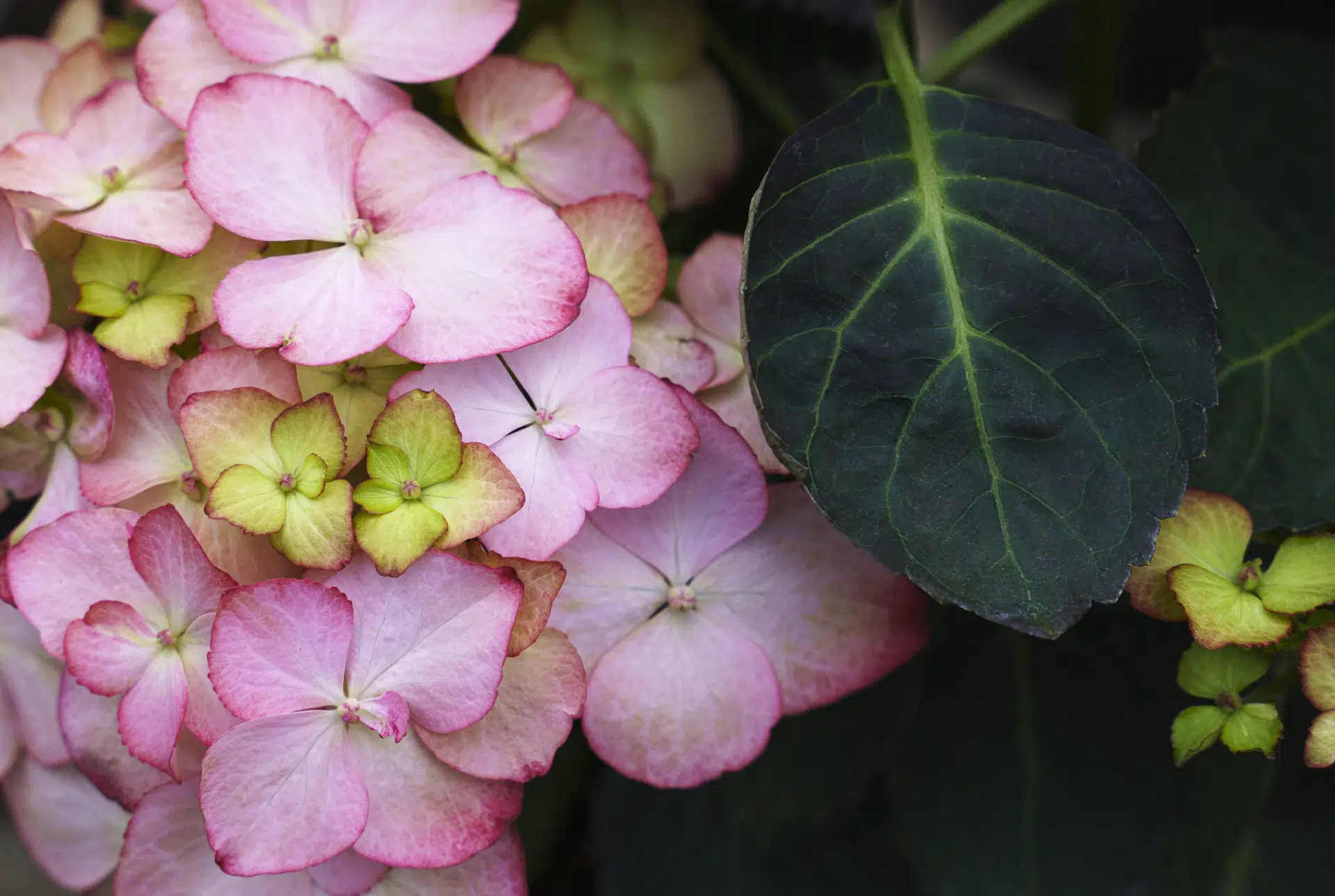Birds
Pierson’s Creek Loop

Looking for something in particular? Click here to search.

Troglodytes troglodytes
Winter Wren
Winter wrens were first described in 1758 by Carolus Linnaeus a Swedish botanist, physician and zoologist. It is the only wren to be found outside the Americas, occurring also in... more

Buteo lineatus
Red-shouldered Hawk
Voice: Fast, high pitch scream, “Keeyer, Keeyer, Keeyer.” Red-shouldered Hawk’s robust body, broad wings, short tail and soaring flight make is a perfect fit for the Buteo family. This crow... more

Dryocopus pileatus
Pileated Woodpecker
Voice: "cuk-cuk-cuk-cuk-cuk" This crow size bird is the largest woodpecker in Ohio. Although despite is size in large tracts of mature forest the Pileated Woodpecker is heard more often then... more

Seiurus motacilla
Louisiana Waterthrush
Voice: three- four clear, whistled introductory notes that are a slurred upward, followed by a variable complex jumble of short, rapidly twitters. Call is brisk chick or chink. Louisiana waterthrushes... more

Myiarchus crinitus
Great Crested Flycatcher
Great crested flycatchers breed in the canopy of eastern deciduous forests. They can breed along edges of forest, and don’t require big stretches of unbroken forest canopy to thrive. In... more

Dryobates pubescens
Downy Woodpecker
Voice: Call: pik note and descending whinny Drum: a soft roll- about 17 beats a second Downy woodpeckers are the smallest, most widespread, woodpecker in North America. In winter they often join mixed species flocks of chickadees,... more

Junco hyemalis
Dark-eyed Junco
Voice: Song: Musical long dry trill Call: Chip note in series Dark-eyed juncos are thought of as the "snowbirds" of the temperate zone. Over most of the eastern United States... more

Strix varia
Barred Owl
Voice: 8–9 notes, described as “Who cooks for you? Who cooks for you-all?” Traditionally known as the “swamp owl,” the barred owl is an inhabitant unbroken oldgrowth wet forests. Barred... more





